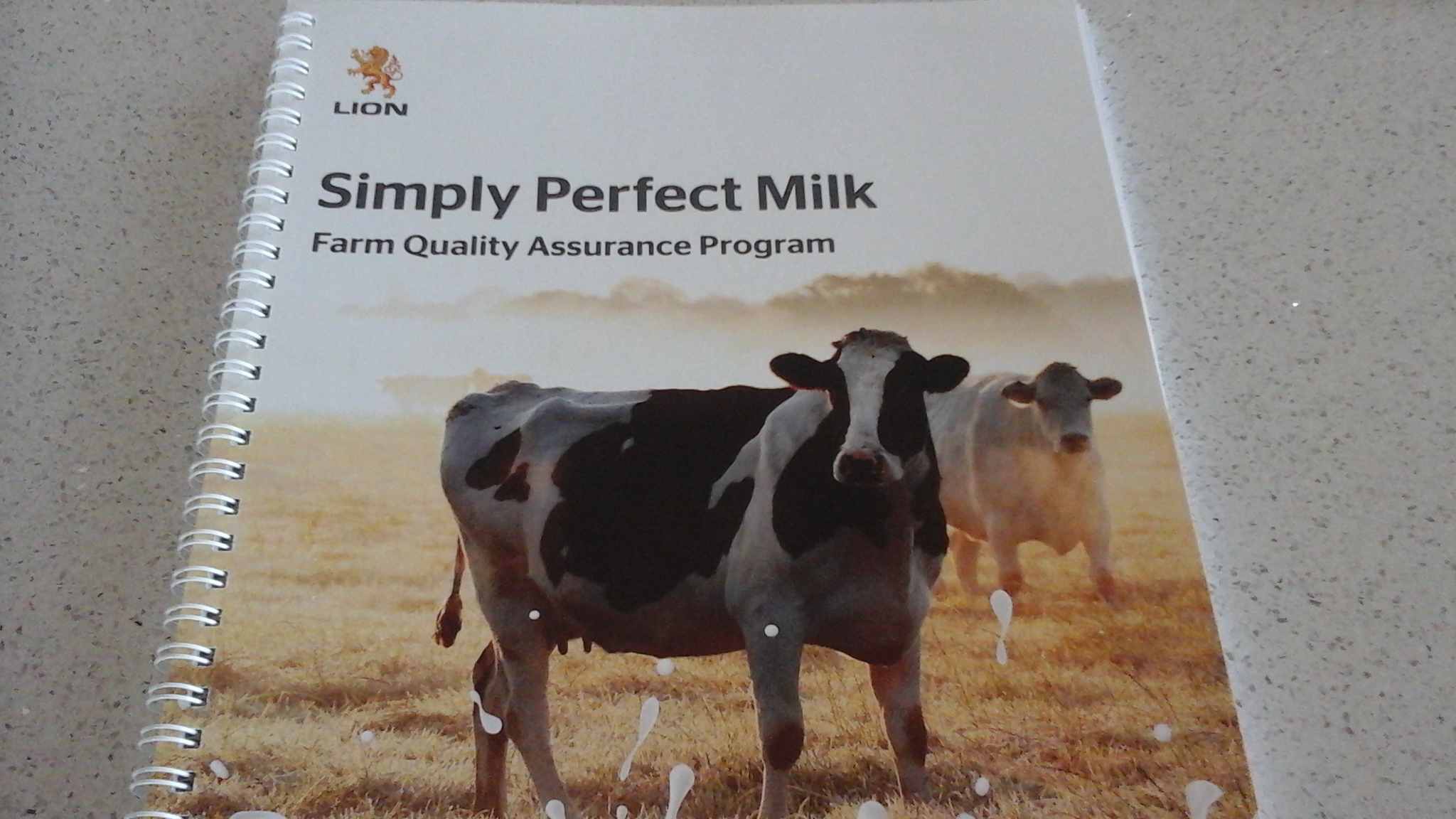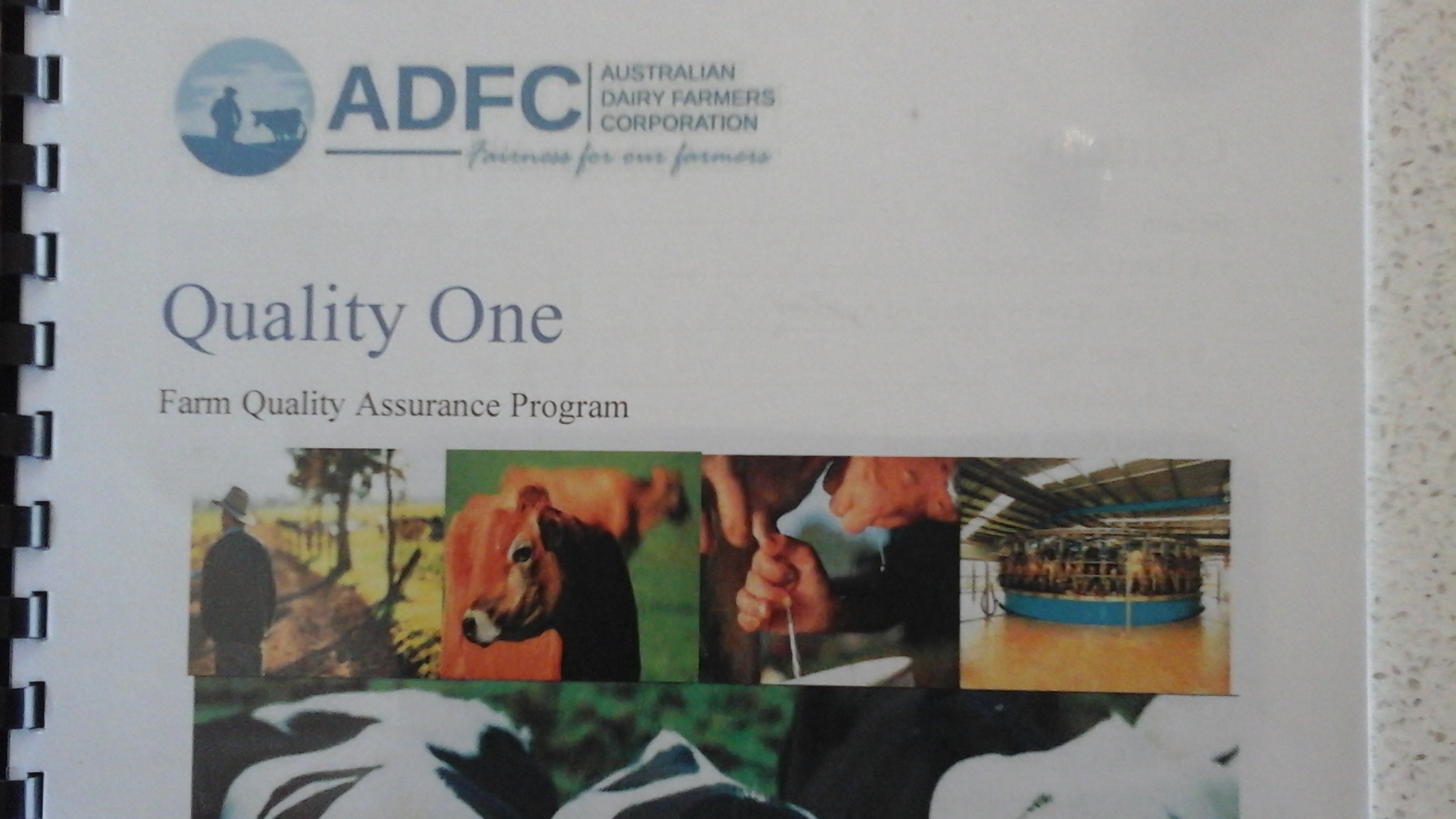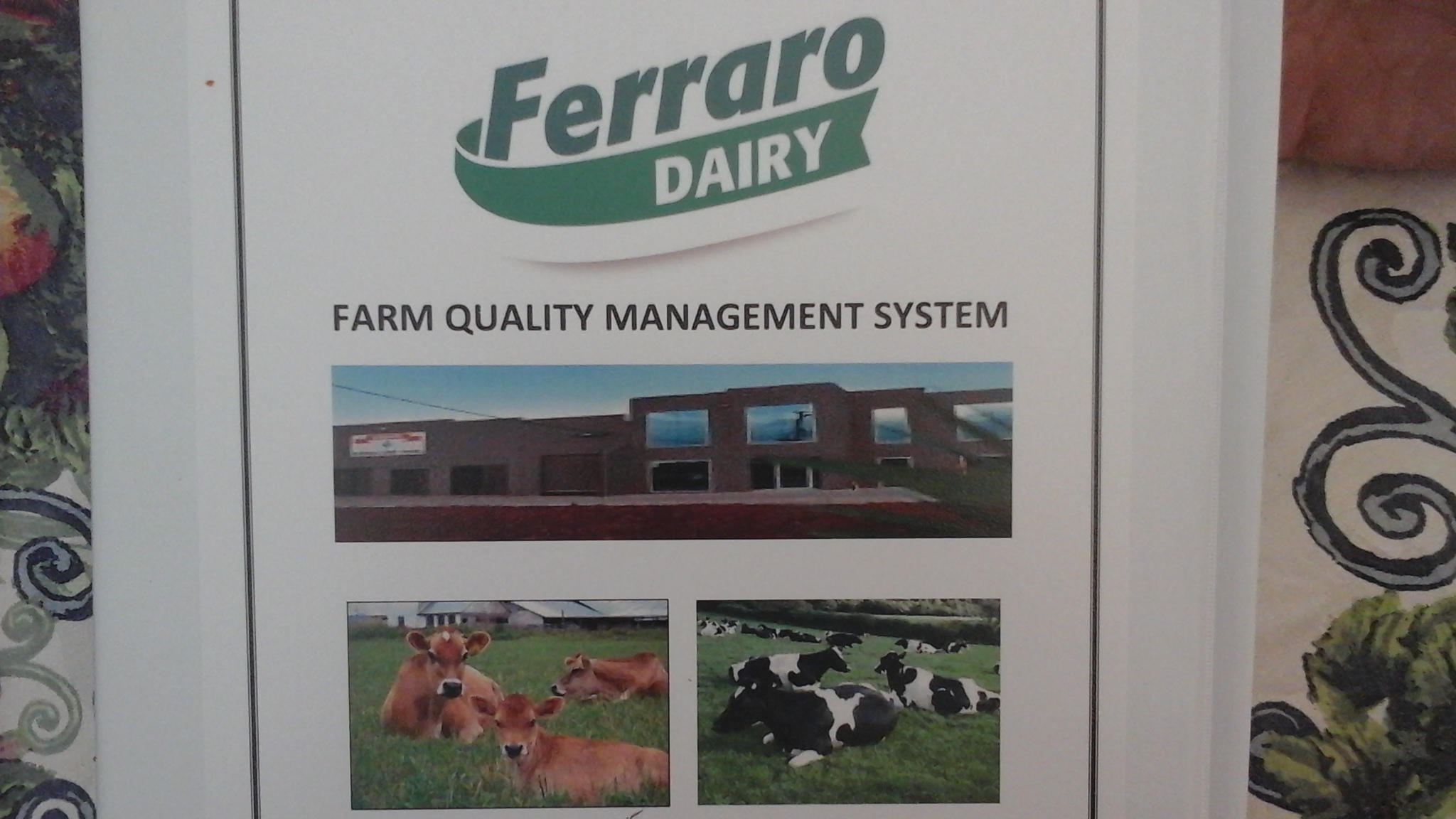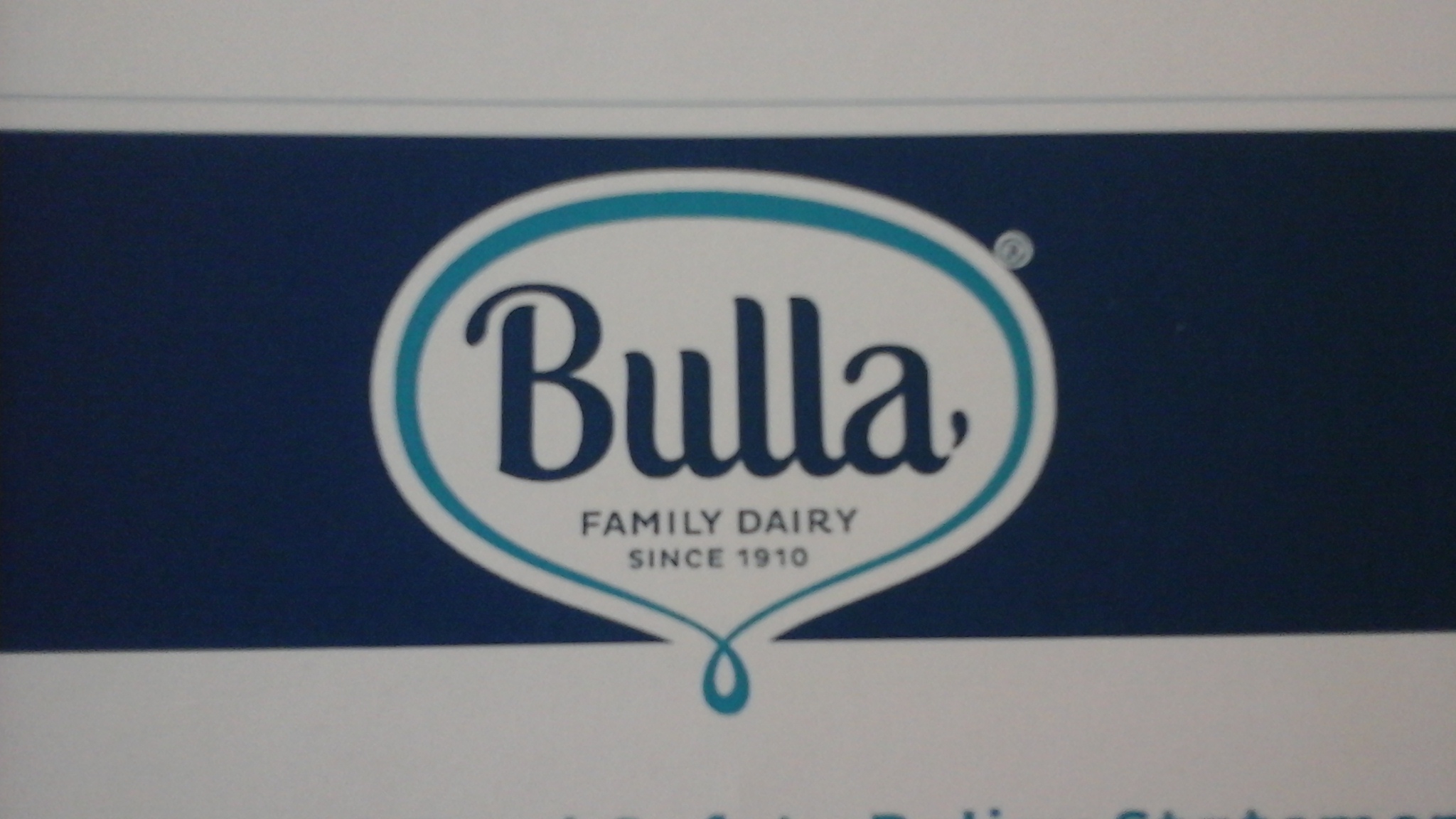Title Page
-
Name of Milk Producer/Auditee
-
Location
-
Email address of Auditee
-
Phone No.
-
Dairy Licence No./Supplier No.
-
Conducted on
-
Date of previous audit
6. Milk Quality Targets
-
Current Dairy Licence
-
Has Lion "Simply Perfect Milk" Manual been completed?
-
Has your TPC generally been less than 10,000 since your last audit?
-
If TPC has been been above 10,000 for period(s) of time, what steps were taken to rectify the problem?
- use of cleaning "bombs" or extra cleaning procedures
- followed advice of detergent representative
- change of inflations/rubberware
- Other
- extra vat cleaning
-
Has your BMCC generally been below 200,000 in the last audit period?
-
If BMCC has been consistently above 200,000, what steps have been taken to rectify the problem?
- consultation with Vet
- herd testing carried out to identify high cell count cows
- culling of high cell count or older cows
- pulsators and/or machines checked and adjusted
- nothing specific has been done
-
Has your milk tested positive to either antibiotic or pesticide residue in the last audit period?
8. Skills and Knowledge
-
Are all personnel involved with milking familiar with the "Simply Perfect Milk" Manual?
-
What are the hygiene requirements for this farm?
- gloves are worn for milking
- personnel with symptoms of food-borne illness (vomiting, diarrhoea, fever, jaundice etc.) do not milk
- aprons, boots and clothing are regularly cleaned
- reminders for hygiene requirements (hand-washing etc.) are displayed e.g posters
-
Have all milking personnel been instructed in the procedures for the isolation of milk from treated animals?
-
Are staff training records for current external staff up-to-date? (Record Sheet 1)
-
Add media
9. Milking Sheds, Surrounds and Equipment
-
Is there a regular maintenance schedule in place, covering vat room, milking equipment, shed, yards, feed pads? (Record Sheet 2)
-
Add media
-
How often are inflations changed? When were they last changed?
-
How often is other rubberware changed? When was it last changed?
-
How often is a milking machine test carried out and by whom?
-
Date of last milking test.
-
Is there a documented cleaning procedure for plant?
-
Add media
-
Are all chemicals used APVMA/NRA approved?
-
What is the size of hot water system used for washing plant?
-
Are periodic checks made of temperature of hot water with hand-held thermometer?
-
If using an automatic cleaning system, is it calibrated at least six-monthly?
Milk Chilling
-
Milk must be cooled to below 5 degrees Celsius within 3.5 hours of commencement of milking.
-
Are records kept of milk chilling efficiency, at least at peak production and during summer? (Record Sheet 4)
-
Add media
-
If outside specifications,what steps have been taken to improve chilling efficiency?
-
How long since vat has been serviced, including calibration of temperature probe?
- within past 2 years
- 2 to 3 years ago
- more than 3 years ago
-
Name of vat mechanic.
-
Is evidence kept of temperature comparisons between vat readout and tanker docket or hand-held thermometer?
-
Add media
-
Is milk at 5 degrees or less at time of collection by tanker?
11. Farm Water
-
What source of water is used for cleaning plant and vat?
- rain or town water
- spring/river/stream water
- bore water
- dam water
- recycled or grey water
- channel
-
What source of water is used for washing udders?
- rain or town water
- spring/river/stream water
- bore water
- dam water
- recycled or grey water
- channel
-
What source of water is used for animal consumption?
- rain or town water
- spring/river/stream water
- bore water
- dam water
- recycled or grey water
- channel
-
Is any water used above treated in any way? (e.g. filtered, softener added)
-
Is there a documented management plan for any reclaimed or recycled water? (Record Sheet 5)
12.1 Agricultural Chemicals
-
Where are agricultural chemical stored on farm?
- in machinery /hay shed
- in dedicated chemical shed
- in separate room at dairy
- none stored on farm
-
Have any broadacre sprays been applied since last audit?
-
Are permanent records kept of all such applications?
-
Add media
-
Date of application
-
Name of product used.
-
Application Rate
-
Identification of area/paddocks sprayed.
-
Wind speed and direction.
-
Withholding period.
-
Name of person spraying or contractor used.
-
Has a chemical course been completed by person spraying?
-
How are sprayed paddocks under WHP identified?
- sign on gateway of paddock/ paddock locked
- farm map on whiteboard at dairy
- N/A - no WHP
- small farm map record
- no identification of sprayed paddocks under WHP
- N/A - sprayed area not part of grazing rotation (e.g. pre-crop)
-
Spot spraying - have name of product, date of mixing and mixing rate been recorded for any spot spraying carried out?
-
Are MSDSs available for chemicals, in hard copy or online?
-
Is a chemical register kept (Date purchased, Name, Batch Code, Date of Manufacture)?
-
Add media
12.2 Veterinary Medicines
-
Where are veterinary medicines stored?
- Fridge at dairy
- cupboard/cabinet/drawer at dairy
- Lidded container
- dairy office on shelf
- unsatisfactory storage
-
Are all stored medicines within use-by date?
-
What method(s) are used to identify treated cows?
- red or other coloured paint on udder
- coloured leg bands or tail tape
- computer alerts
-
How is the milk from treated cows isolated?
- treated cows run in a separate herd
- cows milked into a test bucket
- drafted off and milked at end of milking
- computer alerts
-
Is a Veterinary Drug Register maintained? (Date purchased, Name of Medicine, Batch Code, Expiry Date)
-
Add media
-
Permanent animal treatments.
-
ID of treated animal
-
Name of treatment
-
Date(s) of treatment
-
Area treated/ailment
-
WHP for milk
-
WHP for meat/ESI
-
Name/initials of person treating
-
Add media
-
Dry Cow Treatments
-
How are dry cow treatments recorded?
- entered into computer - alerts if fresh cow within WHP
- computer records
- list of dry-off dates of batches of cows
- NA - no DCT used
- no permanent records kept
-
Do records include name of DCT and WHP (both pre- and post calving)?
-
Add media
13. Traceability
-
How are stock identified?
- NLIS buttons or electronic collars
- individual management tags
- freeze-brands
- brass tags or tattoos
- photos of cows
- no identification
-
What is the PIC for this farm?
-
Is a NVD form received for all stock purchases, and is PIC transferred to new owners?
-
In what form is a stock register maintained?
- stock register book
- computer records
- wall charts
- other
- no stock register kept
-
Do all stock for sale (and those taken off-farm for agistment) have NLIS tags?
14. Animal Health
-
BJD management - 3 point calf-rearing program.
-
How soon are newborn calves taken from cow?
-
Are calves reared in an sheltered area, free of exposure to effluent of adult cows?
-
How long are calves reared on pasture that has not been used by adult cows for 12 months?
- less than 6 months
- 6 to 12 months
- 12 months or more
15. Purchased stock feeds
-
Are CVDs available for any purchases of stock feeds e.g. pellets, crushed grain
-
Add media
-
Are CVDs available for any purchases of hay or silage?
-
Add media
16. Pest Control
-
What methods are used to control flies around the dairy?
- no control methods required
- fans
- misters
- chemical treatment of cows
- chemical treatment of dairy walls
-
What methods are used to control rats and mice around the dairy?
-
Are records kept of pesticide use (Manual. p.28)?
-
Are chemicals or baits used for pest control added to the chemical register?
17. Effluent Management
-
Describe you effluent system.
-
How is effluent dispersed on farm?
- travelling irrigator
- slurry spreader (contractor)
- slurry spreader (own)
- hard hose with sprinkler
- open hose
- added to irrigation system
- added to channel water
- direct application daily
- pipe and riser system
-
Is effluent contained on farm?
-
Does pond ever overflow, become crusted or never need emptying?
-
Are stock restricted from grazing effluent-treated paddocks for at least 14 days after application?
-
How are records kept of effluent dispersal (paddocks treated and 14 day WHP)?
-
Is effluent spread over at least 10% of farm to prevent nutrient overload?
18. Cooling Towers
-
Do you use a cooling tower?
-
is it registered with the Victorian Dept. of Health?
-
Non-Victorian farms - have you contacted your local regulatory body to identify any requirements?
19. Internal Audit
-
Have you carried out an annual internal audit?
Farm Audit Compliance Summary
-
Summary:
-
MAJOR NON-CONFORMANCES (to be rectified within 30 days)
-
MINOR NON-CONFORMANCES ( to be rectified by next audit)
-
ADVISORIES
-
SUMMARY OF NON-CONFORMANCES
-
Majors:
-
Minors:
-
Advisories:
-
Result of Audit
-
Signature of Auditee
-
Signature of Auditor









